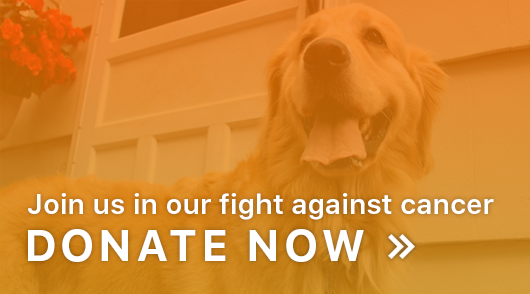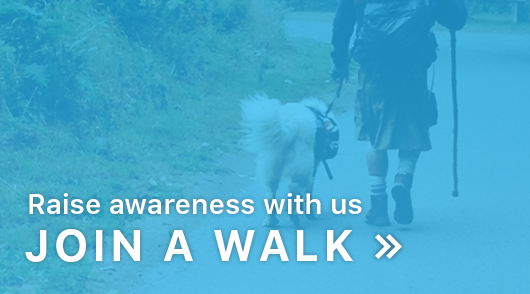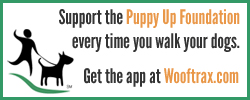
By Charlie Powell
The “c” word, cancer, is perhaps one of the most feared words in all of medicine, human or animal.
Teaching health care professionals how to communicate with patients, or patient owners as is the case in veterinary medicine, means having to teach them to time when they say the word cancer, because often little else is heard after that word is spoken.
The National Cancer Opinion Survey released Oct. 30 by the American Society of Clinical Oncology found nearly 40 percent of Americans believe cancer – any kind, any stage – can be cured with alternative therapies. Such therapies include unusual diets, mega-doses of vitamins or minerals, mini-doses of poisons or you name it.
Despite hundreds of studies, there is little evidence to support these beliefs. The same feelings follow in veterinary medicine, too. Certainly, anyone who has worked in medicine knows some patients or their owners when confronted with such a grave diagnosis will grasp at anything “in hopes that it will work.”
The National Cancer Institute knows this. The NCI describes alternative cancer treatments as “unconventional, nontraditional, complementary, unproven, holistic, or of questionable methods.”
They state unequivocally that interest in alternative cancer treatment methods has grown tremendously.
The reason is it is uncommon for any treatment method for most cancers to be called absolutely curative. There are a few exceptions.
The views about alternative cancer therapies vary greatly from one extreme to the other. Believers have great faith in alternative medicine. They provide proof mainly by “testimonial miracles.”
Non-believers simply dismiss the stuff as medical quackery and point out there is great opportunity for exploitation of desperate individuals and mining of their wallets.
Know, too, that peer-reviewed, science-based care also reduces one’s assets.
A study published in 2017 in the Journal of the National Cancer Institute found cancer patients who used only alternative medicine were 2.5 times more likely to die during a five-year period, compared with those who used standard cancer treatments such as surgery, radiation, chemotherapy, immunotherapy and hormone-based therapies.
Such care does not come without monetary and emotional costs.
So how does one know what’s real and what’s not? Well, there are some ways to spot medical quackery and it begins by defining the issue.
The U.S. Food and Drug Administration defines health fraud as “the promotion, for profit, of a medical remedy known to be false or unproven.”
I like www.quackwatch.org, founded by Dr. Stephen Barrett. The biography of this remarkable consumer advocate and retired psychiatrist is available on the home website.
Barrett offers 10 basic rules for spotting quackery that work for human as well as animal medicine.
“Promoters of quackery know how to appeal to every aspect of human vulnerability,” Barrett wrote. “What sells is not the quality of their products but their ability to influence their audience.”
My favorite recommendation is his 10th – “Don’t let desperation cloud your judgment!”
“If you feel that your doctor isn’t doing enough to help you, or if you have been told that your condition is incurable and don’t wish to accept this fate without a struggle, don’t stray from scientific health care in a desperate attempt to find a solution.” Seek another opinion.
At the same time, one must consider the person who is knowledgeable with an incurable cancer. At some point, they may elect to do nothing more and let nature take its course.
In veterinary medicine, there is a like category of clients. Owners who recognize the seriousness of a terminal diagnosis and elect for humane euthanasia at an appropriate time.
In both cases, there is honor is such decisions.
Charlie Powell is the public information officer for the Washington State University College of Veterinary Medicine, which provides this column as a community service. For questions or concerns about animals you’d like to read about, email cpowell@vetmed.wsu.edu.








